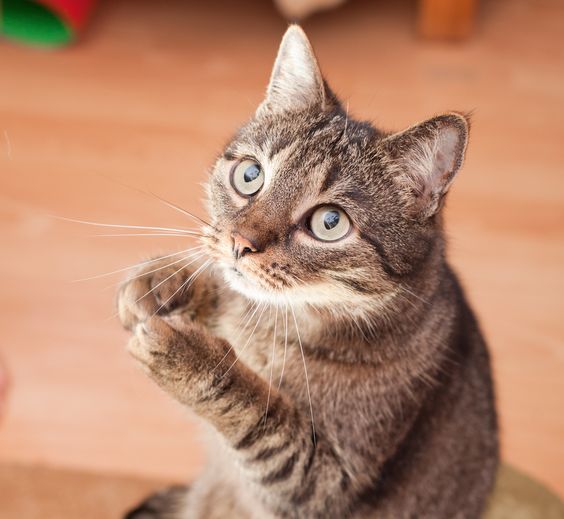Since felines are predators by nature, they need excellent vision in order to see and chase prey not only during the day, but also at night. To understand how a four-legged friend sees, it is necessary to know about the physiological structure of the eyes and the peculiarities of the perception of the external world.
Eye structure
Cats have always been considered excellent night hunters. The anatomy and physiology of the organs of vision was formed in the course of evolutionary development. It is important for felines to track their prey and navigate in the dark. That is why the anatomical structure of the visual organs of cats is designed in such a way that they were able to distinguish objects in low light conditions.
The structure of a cat’s eye has three main parts. And each part has its own functional characteristics:
- The outer fibrous part – the outer fibrous sheath, called the sclera, has a convex shape that resembles a ball. It occupies ¾ part of the back surface of the eye, and another ¼ part is occupied by the cornea – it is a transparent thin cell layer that transmits beams of light into the eye organ;
- The vascular part. Located in the middle of the cat’s eye. It is a collection of blood vessels and capillaries that carry oxygen and nutrients to all the tissues of the eye, and where the sclera and cornea meet is the ciliary body. It is controlled by the ciliary muscle, which holds the lens of the eyeball in a certain position. This muscle can tense and relax depending on the attention of the cat and the location of the object. Under the influence of this muscle movement, the lens changes its shape. This process is called accommodation. The iris is located at the front of the choroid and divides the front of the cat’s eye into two chambers, the anterior and posterior. In the center of the iris is the pupil. It changes its shape depending on the luminous flux – it narrows in bright daylight, expands in dim;
- Inner part or retina. Consists of photoreceptors that transform light signals into electrochemical ones. It also transmits the received information to the nervous system. In the retina of the eye there is an optical disc, or, as it is also called, a “blind spot” – this is the hole through which the blood vessels and the optic nerve exit. Compared to other parts of the retina, the optical disc has no photoreceptors.In turn, photoreceptors are subdivided into rods and cones. In four-legged pets, sticks are considered the most developed, since their main function is increased sensitivity to minimal streams of light at night. The function of the cones is to recognize the color and clarity of the image during the daytime.

Feline and human vision.
What are the differences? Some people believe that cats can see perfectly in absolute darkness, but this is not so. Fluffy pets, like humans, see nothing in the absence of light. But with minimal lighting, they are much better able to recognize objects in the dark.
In humans, the ratio of rods to cones is 4 to 1. And in a cat, the number of rods is 25 times the number of cones. This leads to the fact that cats prefer a nocturnal lifestyle.
In the daytime, cats are able to clearly distinguish objects at a distance of up to 20 m, and humans up to 40 m. In addition, cats have poor vision of objects at a close distance, and determine them mainly based on their olfactory senses.
Night and color vision
At night, with minimal lighting, cats are 15 times better than humans at distinguishing objects. Of course, for a successful hunt, small predators also use other senses, such as hearing and smell.
The human eye perceives all colors, and the cat’s eye can see only:
- blue;
- yellow;
- gray and its shades.
Green, red, brown and orange for a cat do not differ.
The main features of feline vision include:
- Change in the pupil depending on the light. This feature helps to regulate the beams of light reaching the retina.
- There is a layer of tapetum behind the retina. It is a “mirror” and reflects light. Thus, the light beam, falling on the retina, enters the tapetum, is reflected and re-enters the retina. Thus, the eyes receive a double stream of light, as a result of which the cat’s night vision is enhanced. And the glowing eyes of pets in the dark are also caused by the tapetum layer.

